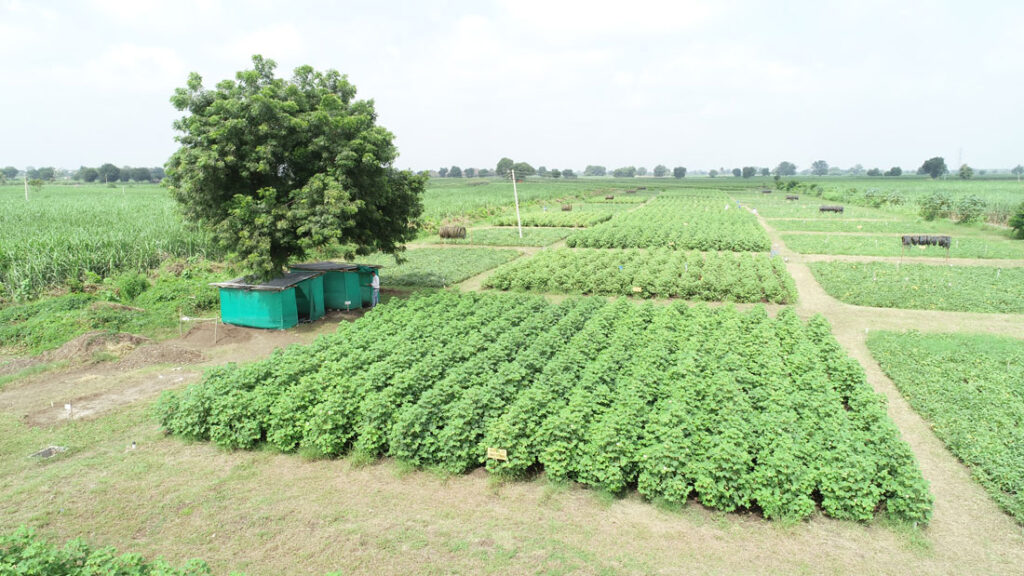A long-term farming systems comparisons in the tropics
The SysCom Program (long-term farming systems comparisons) compares different agricultural production systems (primarily organic and conventional) in three tropical countries (Kenya, India and Bolivia). Its focus is on productivity, profitability, soil fertility, and other aspects of system performance such as product quality, biodiversity, resource use efficiency and agroecosystem resilience.
The bioRe® Foundation has been a FIBL partner for SysCom in India, with a focus on cotton-based cropping systems. Following treatments are being compared: (a) organic, (b) biodynamic, (c) conventional, and (d) conventional farming with genetically modified Bt cotton.
The program is successfully running for more than 12 years (2007–2019) and the current report tries to answer the question:


What is the contribution of organic agriculture to sustainable development?
There is substantial evidence illustrating that the dominant agricultural management practices are not a sustainable option for the future, particularly when considering the issues associated with climate change, biodiversity loss and depletion of natural resources. Organic agriculture is proposed as a sustainable alternative for its environmental and social benefits.
Studies conducted under temperate environments (mostly in Europe) have established the benefits of organic farming practices over conventional practices. However, several questions remain open regarding the performance of organic systems under tropical conditions.
The SysCom program addresses this research gap in three tropical countries (Kenya, India and Bolivia) and is comprised of long-term experiments (LTE) and Participatory On-farm Research (POR). The findings address the differences between alternative (organic and agroforestry) and conventional production systems in terms of:
- Productivity: yields of main and by-crops in different systems
- Profitability: gross margins and return on (economic and labour) investment
- Soil fertility and quality: nutrient availability, soil organic carbon and other soil physico-chemical properties
- Other: pesticide residues, crop nutrient content, biodiversity, resource use efficiency and agroecosystem resilience

Read more about the conclusions on how organic agriculture can contribute to the achievement of several SDGs (Sustainable Development Goals) by 2030:
